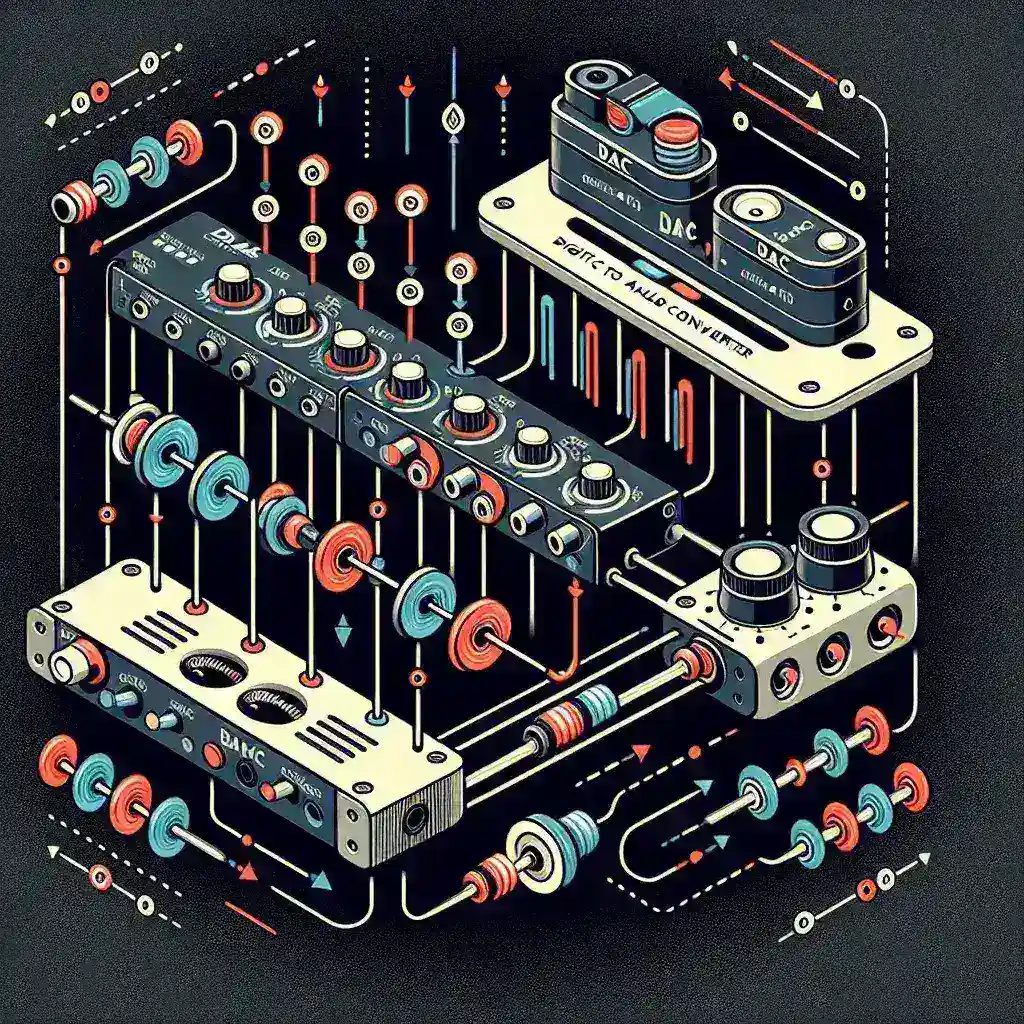In today’s world of high-definition audio, understanding the role of a DAC (Digital-to-Analog Converter) and its impact on audio quality is crucial. Whether you are a casual listener or an audiophile, the quality of your listening experience is significantly influenced by the DAC in your audio setup.
What is a DAC?
A DAC, or Digital-to-Analog Converter, is a hardware device that converts digital audio signals into analog signals. Digital audio files, such as those stored on your computer or streamed over the internet, are composed of binary data. To play these files through speakers or headphones, which require analog signals, a DAC is used to perform the necessary conversion.
How a DAC Works
At its core, a DAC takes the digital data, processes it, and transforms it into an analog waveform that can be amplified and played through audio output devices. The main components of a DAC include a digital filter, a digital processor, and an analog output stage. Here’s how each part functions:
- Digital Filter: This step involves smoothing out the digital signal to reduce noise and distortion.
- Digital Processor: Converts the digital signal into an analog format.
- Analog Output Stage: Amplifies the analog signal to a level that can drive speakers or headphones effectively.
Types of DACs
There are several types of DACs available, each designed for specific applications:
- Integrated DACs: Built into devices like smartphones, computers, and audio interfaces.
- External DACs: Standalone units that often offer higher-quality conversion and more features.
- Portable DACs: Compact units designed for use with mobile devices to enhance on-the-go listening.
Impact of a DAC on Audio Quality
The quality of a DAC can significantly affect your listening experience. Here are the main factors influenced by the DAC:
Clarity and Detail
A high-quality DAC can reproduce audio with more clarity and detail, allowing you to hear subtle nuances in the music that might be missed with a lower-quality DAC. This improved accuracy results from better digital filtering and processor technologies.
Noise and Distortion
One of the primary functions of a DAC is to reduce noise and distortion in the audio signal. Low-quality DACs may introduce artifacts, such as hisses or static, while high-quality DACs are designed to minimize these issues, resulting in a cleaner sound.
Dynamic Range
The dynamic range of audio is the difference between the quietest and loudest parts of a track. A higher-quality DAC can handle wider dynamic ranges, ensuring that both the soft and loud parts of your audio are reproduced accurately without distortion.
Soundstage and Imaging
For audiophiles, the terms soundstage and imaging refer to the perceived space and location of instruments within a recording. A superior DAC can enhance these aspects, making the listening experience more immersive and lifelike.
Choosing the Right DAC
With numerous options available, selecting the right DAC for your needs can be challenging. Here are key considerations:
Compatibility
Ensure the DAC is compatible with your source devices, such as computers, smartphones, or music players. Check for the types of connections (USB, optical, coaxial) available on both the DAC and your devices.
Bit Depth and Sample Rate
The bit depth and sample rate of a DAC determine its ability to process high-resolution audio. Look for DACs that support at least 24-bit depth and 96kHz sample rate for optimal audio quality.
Use Case
Consider where and how you will use the DAC. For desktop setups, an integrated or external DAC might be more suitable. For on-the-go listening, a portable DAC is ideal.
Price
DACs come in a wide range of prices. Determine your budget and find a DAC that offers the best value without compromising on essential features.
Conclusion
In summary, a DAC plays a pivotal role in your audio setup, transforming digital audio files into analog signals that can be enjoyed through speakers or headphones. The quality of the DAC directly influences clarity, noise reduction, dynamic range, and the overall listening experience. By understanding what a DAC is and how it affects audio quality, you can make an informed decision when upgrading your audio gear, ensuring you get the best possible sound from your favorite music and media.
